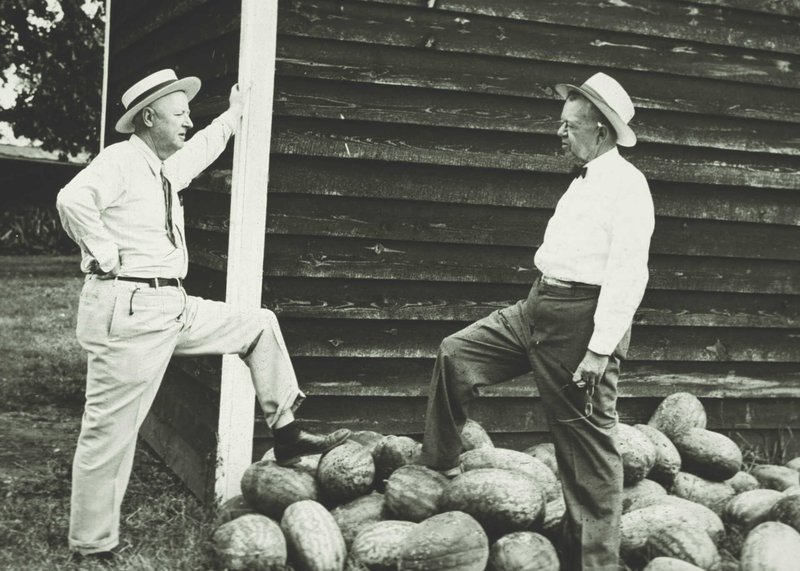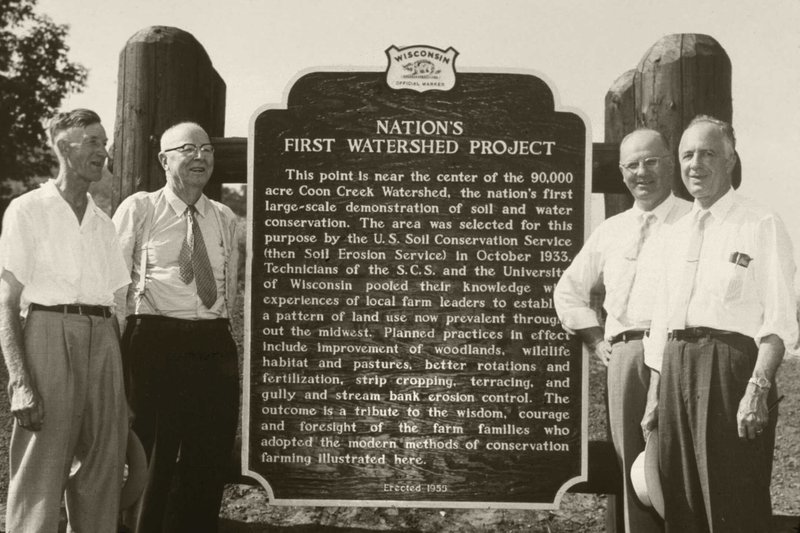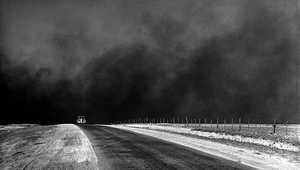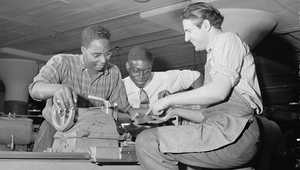The Father of Soil Conservation
In 1933, Hugh Hammond Bennett was made director of the Soil Erosion Service.

In the early years of the 1930s, the extent of the damage inflicted on the southern plains by the drought and dust storms was little noticed outside of the region. The nation, led by the newly elected Franklin D. Roosevelt, was desperately trying to recover from the shock of the Great Depression. Most citizens were too worried about getting food on their plates to even think about the plight of farmers in the Great Plains. Certain members of Roosevelt’s administration, however, realized that the average American’s fate was closely tied to that of Dust Bowl farmers. One of these was Hugh Hammond Bennett, who would come to be known as “the father of soil conservation.”
Bennett had begun his campaign to preserve the soil by reforming farming practices before Roosevelt became president. He had joined the Department of Agriculture in the early 1900s. His mission to address the problems of land depletion was spurred on by the 1909 Bureau of Soils announcement, “The soil is the one indestructible, immutable asset that the nation possesses. It is the one resource that cannot be exhausted; that cannot be used up.” Throughout his career, Bennett worked to prove just how wrong this statement was.
In 1933 Bennett was made director of the newly formed Soil Erosion Service, which worked to combat erosion caused by dust storms by reforming farming methods. “...Americans have been the greatest destroyers of land of any race or people, barbaric or civilized,” he announced, calling for “a tremendous national awakening to the need for action in bettering our agricultural practices.” Although his criticisms of Dust Bowl farming techniques raised the backs of farmers, he saw his reforms as necessary to avoid similar catastrophes in the future.

Bennett gained the support of Congress with the help of a providentially timed storm from the plains that hit Washington, D.C. in May 1934, while he was testifying before a congressional committee. Experiencing a debilitating dust storm for the first time in the Capital, Congress put its weight behind the Soil Conservation Act of 1935, which focused on improving farming techniques.
Bennett was a champion of soil conservation methods, to the extent that he favored reverting a large part of the Great Plains back to grasslands. He wrote in 1943, “If we are bold in our thinking, courageous in accepting new ideas, and willing to work with instead of against our land, we shall find in conservation farming an avenue to the greatest food production the world has ever known – not only for the war, but for the peace that is to follow.”

Since pre-colonial times, Americans' relationship to the natural world has shaped politics, policy, commerce, entertainment and culture. In this collection, delve into our complicated history with the environment through American Experience films exploring wide-ranging topics, from our struggles to exert dominion over nature to our attempts to understand and protect it.







